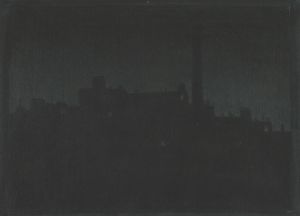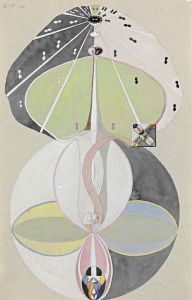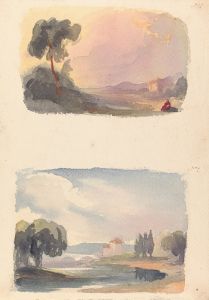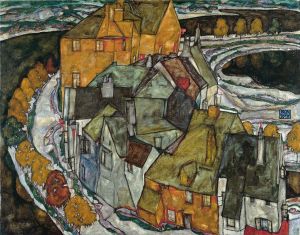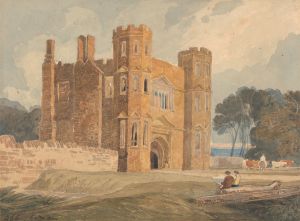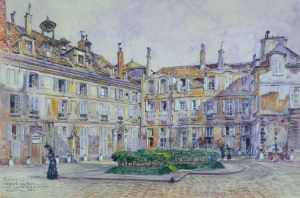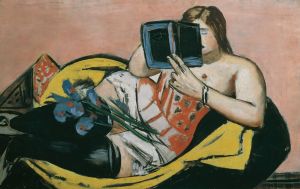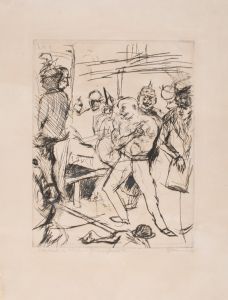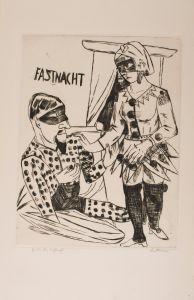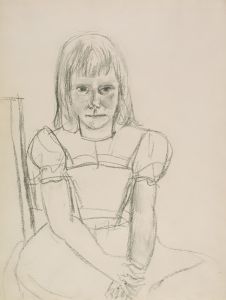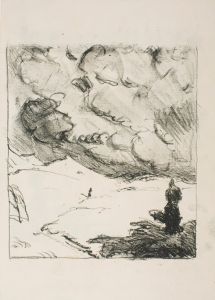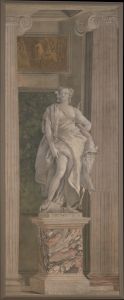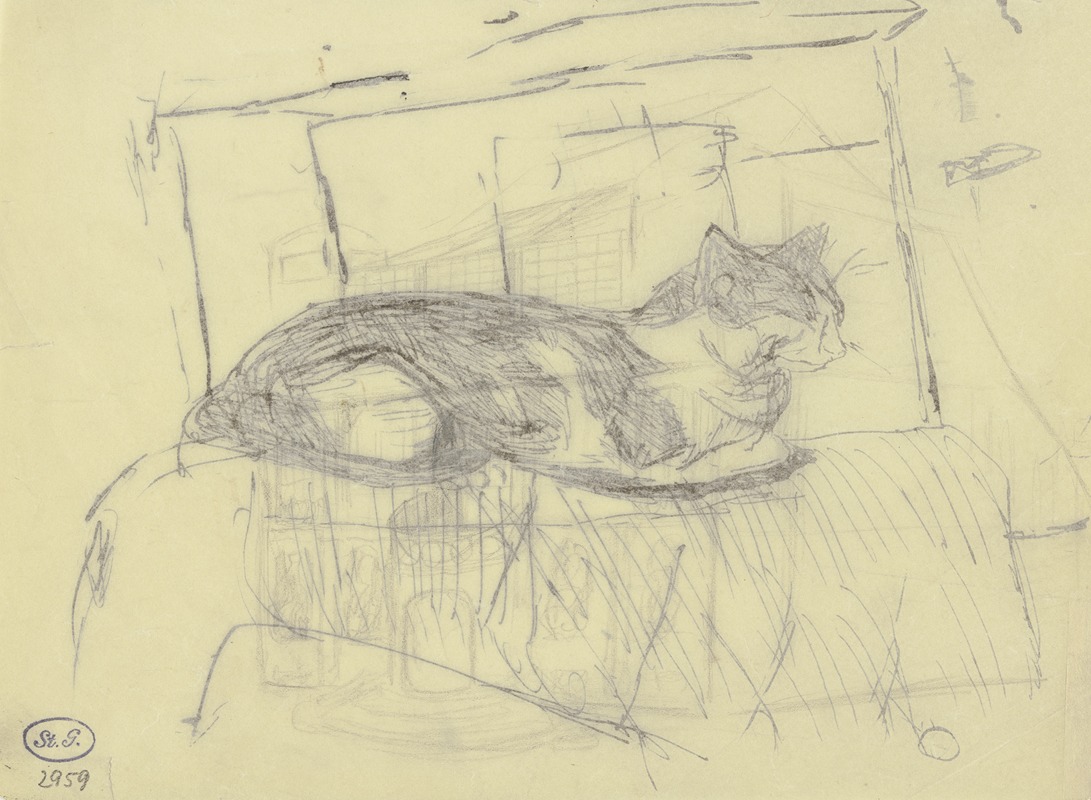
Architecture
A hand-painted replica of Max Beckmann’s masterpiece Architecture, meticulously crafted by professional artists to capture the true essence of the original. Each piece is created with museum-quality canvas and rare mineral pigments, carefully painted by experienced artists with delicate brushstrokes and rich, layered colors to perfectly recreate the texture of the original artwork. Unlike machine-printed reproductions, this hand-painted version brings the painting to life, infused with the artist’s emotions and skill in every stroke. Whether for personal collection or home decoration, it instantly elevates the artistic atmosphere of any space.
Max Beckmann's painting "Architecture" is a notable work by the German painter, who is renowned for his contributions to the New Objectivity movement, a style that emerged in Germany during the 1920s as a reaction against expressionism. Beckmann's work often reflects the tumultuous socio-political climate of his time, characterized by a focus on realism and a critical view of society.
"Architecture" was painted in 1923, a period when Beckmann was exploring themes of urban life and the human condition. This painting is a part of his broader oeuvre that frequently delves into the complexities of modern existence, often through a lens of critical observation and personal reflection. Beckmann's style during this period is marked by a departure from the emotional intensity of expressionism, moving towards a more structured and objective representation of reality.
In "Architecture," Beckmann employs a composition that is both intricate and symbolic. The painting features a group of figures set against a backdrop of architectural elements, which may suggest the interplay between human life and the constructed environment. The figures are depicted with Beckmann's characteristic bold lines and strong forms, conveying a sense of solidity and permanence. The architectural elements in the painting are rendered with a similar attention to detail, highlighting Beckmann's interest in the structural aspects of the urban landscape.
The painting reflects Beckmann's fascination with the modern city as a site of both opportunity and alienation. The figures in "Architecture" appear engaged in various activities, yet there is an underlying sense of disconnection, a theme that Beckmann often explored in his work. This duality captures the essence of the New Objectivity movement, which sought to portray the world with a sense of clarity and detachment, while also acknowledging the complexities and contradictions inherent in modern life.
Beckmann's use of color in "Architecture" is restrained yet effective, with a palette that emphasizes contrasts and enhances the painting's dramatic impact. The interplay of light and shadow adds depth to the composition, drawing the viewer's attention to the interactions between the figures and their environment. This technique underscores Beckmann's skill in creating a sense of tension and dynamism within a seemingly static scene.
"Architecture" is housed in the Museum of Modern Art in New York, where it is part of a collection that showcases Beckmann's significant contributions to 20th-century art. The painting is often studied for its representation of the themes and stylistic elements that define Beckmann's work during the Weimar Republic era. It serves as an example of how Beckmann and his contemporaries used art to navigate and critique the rapidly changing world around them.
Overall, "Architecture" by Max Beckmann is a compelling exploration of the relationship between individuals and their urban surroundings, rendered with the artist's distinctive blend of realism and critical insight. The painting remains an important work for understanding the cultural and artistic currents of early 20th-century Germany.





